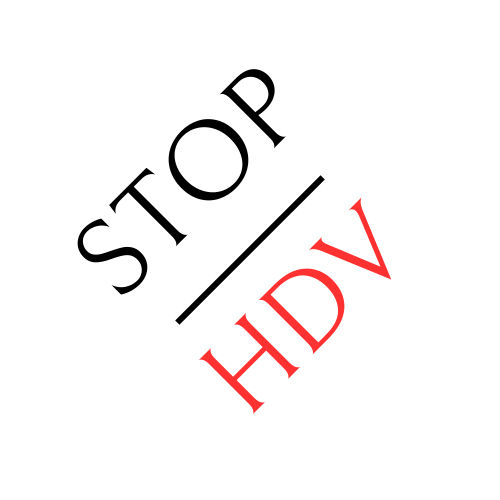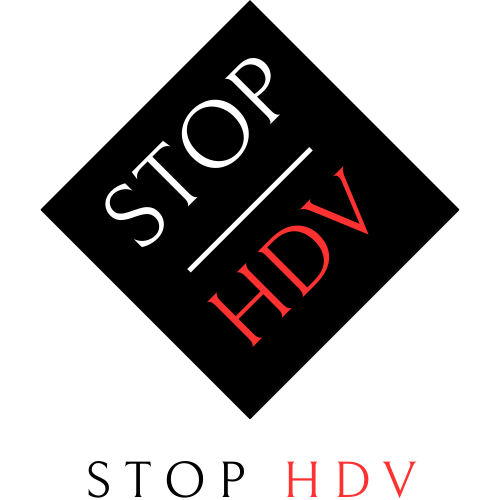Human Resources, once considered a support function, is now a central driver of business success. However, HR professionals face increasingly complex demands—from managing a growing workforce to ensuring compliance with evolving laws.
To meet these challenges effectively, businesses are turning to technology and automation to streamline HR processes and enhance overall efficiency.
This blog will explore how tools like HR automation, applicant tracking systems, payroll software, and HRIS (Human Resource Information Systems) are transforming traditional HR functions.
We’ll also uncover how companies can leverage these advancements to create a more agile and efficient workforce.
The Role of Technology in Modern HR
Technology has radically changed the landscape of HR management. Tasks that once required hours of manual effort can now be handled in minutes using digital tools.
From recruitment and onboarding to payroll processing and performance tracking, HR technology covers all aspects of the employee lifecycle, addressing inefficiencies and improving accuracy.
For instance, a machine operator in a manufacturing unit might require specific certifications and experience.
Instead of manually sifting through hundreds of resumes, HR teams can use applicant tracking systems to filter candidates who match these qualifications. Such automation not only saves time but also reduces the risk of human error in the hiring process.
By integrating technology into HR functions, businesses can allocate more time to strategic activities like employee engagement and talent development, enabling HR teams to contribute directly to organizational success.
Recruitment Gets Smarter with Applicant Tracking Systems
Recruitment is one of the most time-consuming aspects of HR. Applicant Tracking Systems (ATS) has revolutionized this process by automating tasks like resume parsing, candidate ranking, and interview scheduling.
These systems use algorithms to match job descriptions with the most qualified applicants, making the hiring process faster and more efficient.
For example, when a business needs to hire multiple machine operators, the ATS can filter and rank candidates based on predefined criteria like experience and certifications, ensuring only the strongest contenders reach the interview stage.
Companies that adopt ATS also benefit from centralized data storage, which enables faster decision-making and improved compliance with hiring regulations.
Streamlining Payroll with HR Automation
Payroll management is another crucial yet labor-intensive HR function. Payroll errors not only disrupt employee trust but also expose businesses to compliance risks. This is where payroll software becomes invaluable.
Modern payroll tools automate calculations, tax deductions, and even direct deposits, drastically reducing the time spent on these processes.
Additionally, payroll software often integrates with other HR systems, like benefits management and employee self-service portals, creating a seamless ecosystem for workforce management.
For HR teams, the accuracy and efficiency of payroll automation free up resources to focus on more strategic initiatives, such as succession planning or leadership development.
Enhanced Data Management with HRIS
HRIS serves as the backbone of digital HR transformation. This centralized system manages employee information, tracks performance data, and facilitates compliance reporting.
HRIS solutions provide a comprehensive overview of workforce metrics, helping managers make informed decisions based on real-time data.
For example, an HR professional can use HRIS to identify trends in workforce attrition, pinpointing departments or roles with high turnover rates.
Armed with this data, leadership teams can implement targeted interventions, such as training programs or revised compensation packages, to enhance employee retention.
HRIS also plays a critical role in ensuring compliance. By automating data collection and reporting, businesses can reduce the administrative burden associated with audits and regulatory requirements.
Optimizing Operations on the Factory Floor
While HR technology benefits all industries, its impact is particularly pronounced in sectors like manufacturing, where roles such as machine operators are essential.
Coordinating shifts, tracking certifications, and ensuring safety compliance are some of the unique challenges HR faces in these environments.
Technology like workforce management systems automates these functions, ensuring optimal resource allocation and adherence to safety standards.
These tools can also integrate with payroll systems, ensuring accurate payment based on hours worked and overtime. By leveraging these technologies, businesses can create safer, more efficient workplaces while minimizing the administrative burden on HR teams.
Building a Culture of Engagement Through Technology
Technology doesn’t just optimize processes; it also enhances the employee experience. Modern HR platforms include features like self-service portals, where employees can access pay stubs, benefits information, and leave balances without contacting HR.
Additionally, tools that gather continuous feedback, like pulse surveys or performance-tracking apps, enable organizations to stay attuned to employee needs and sentiments.
Companies that use these insights to create targeted engagement initiatives benefit from higher retention rates and improved workplace morale.
By integrating such tools, businesses not only foster a positive work culture but also position themselves as employers of choice in competitive talent markets.
The Path Forward
The benefits of leveraging technology for HR functions are undeniable.
From recruitment and payroll to compliance and employee engagement, the adoption of advanced tools like HRIS, payroll software, and HR automation allows HR teams to operate more efficiently while adding strategic value to the organization.
For businesses still operating with traditional manual methods, the move to technology may seem daunting.
However, starting with one or two key areas—like implementing an applicant tracking system or automating payroll—can have a powerful ripple effect across the organization. Technology is no longer a luxury in HR; it’s a necessity.
Companies that prioritize digital transformation in their HR departments position themselves for long-term success, by building agile teams equipped to adapt to evolving market demands and employee expectations.


